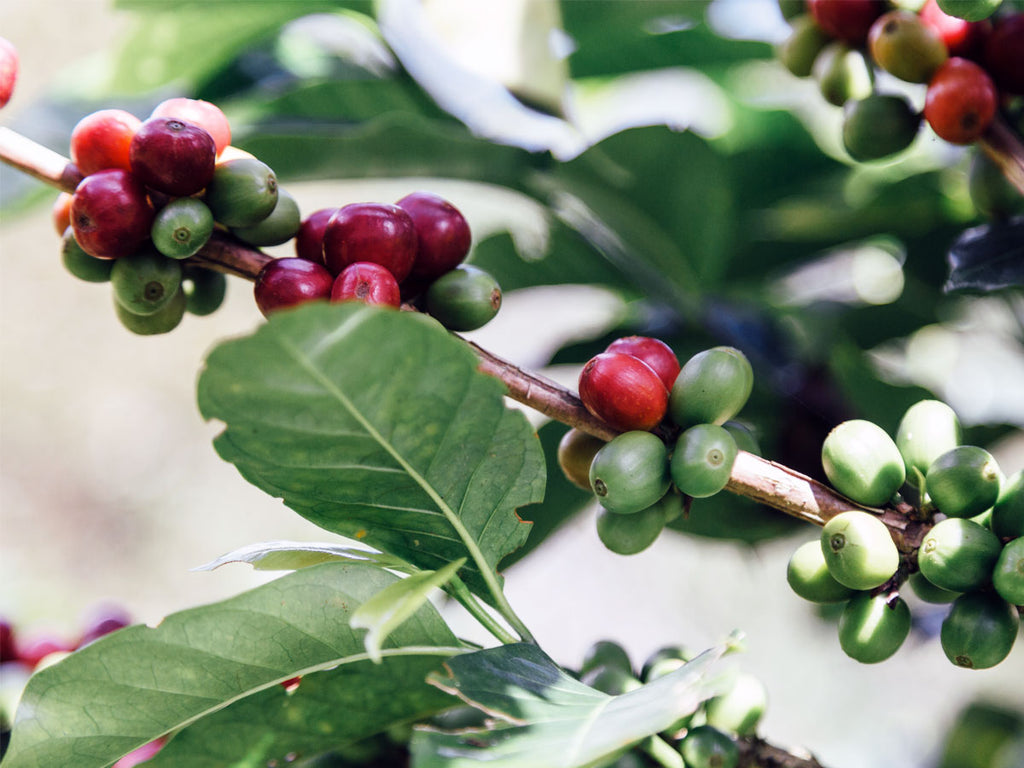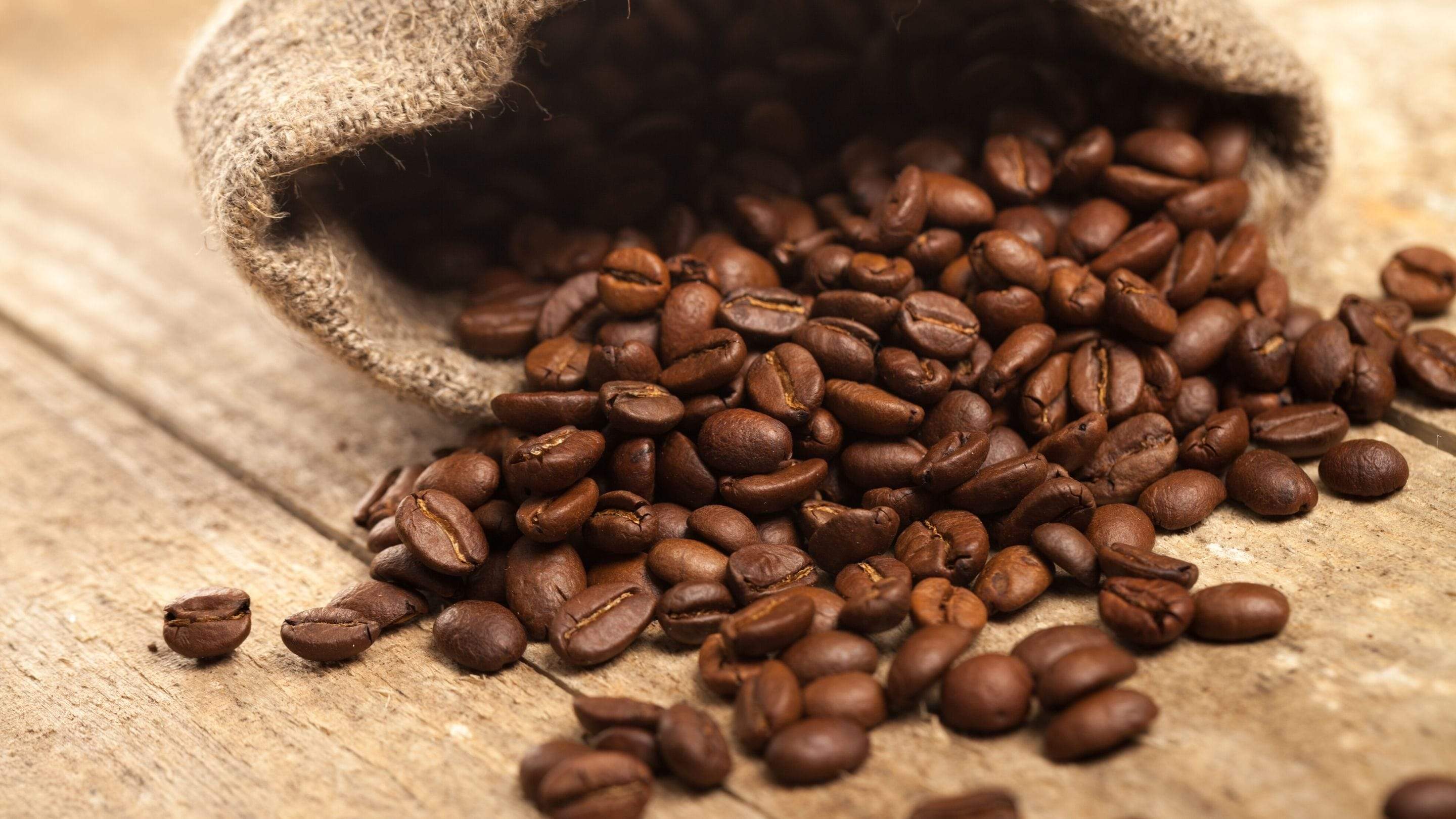A Guide Before Buying SOE Single Origin Espresso
Exploring the Rich Flavors of Coffee Beans: a Deep Study Espresso and Blended Coffee Beans
When you check out the rich tastes of coffee beans, you discover a complicated globe where each range brings its own personality to your mug. Recognizing the beginnings, refining approaches, and toasting strategies can change your coffee experience. As you navigate through the art of coffee and the imagination behind mixed coffees, you'll begin to appreciate the nuances that make each sip one-of-a-kind. What you'll find next might change the way you appreciate your early morning mixture.
The Beginnings of Coffee Beans: Exploring Terroir and Flavor Profiles
When you take a sip of coffee, you're not just appreciating a drink; you're experiencing a rich tapestry of flavors shaped by the beans' origins. Each region creates special taste accounts affected by climate, altitude, and soil. As an example, beans from Ethiopia commonly break with intense, fruity notes, while those from Colombia tend to offer a balanced, nutty sweetness.As you discover various beginnings, you'll observe exactly how terroir-- the environmental aspects influencing a crop-- plays an important role. The exact same coffee variety can taste considerably different depending on where it's grown.When you consider these variables, you begin to appreciate the intricacy behind your cup. Each sip tells a tale of the land and the farmers who supported the beans. So, following time you indulge, assume regarding the journey your coffee took prior to it reached your hands, and relish those elaborate tastes that show its beginning.
Recognizing Coffee: The Art and Scientific Research Behind the Brew
It's not just concerning the solid flavor; it's additionally about the strategies that bring it to life when you think concerning espresso. Recognizing how various prep work techniques influence taste can change your developing experience. Let's discover the complexities of coffee prep work and uncover the special flavor profiles that make each mug unique.
Espresso Preparation Techniques
Espresso prep work is both an art and a science, integrating precise methods with a deep understanding of coffee. To begin, you'll wish to choose high-grade, freshly roasted beans and grind them carefully for ideal extraction. The grind dimension is crucial; also coarse, and your espresso will be weak, as well great, and it'll be bitter.Next, tamp the premises equally in the portafilter to guarantee uniform extraction. When you secure it right into the machine, go for a brewing temperature level in between 190 ° F and 205 ° F.As you draw the shot, watch for the perfect extraction time-- around 25-30 seconds. The result should be an abundant, luscious coffee with a stunning layer of crema on top - Single Origin Espresso. With practice, you'll grasp these strategies
Taste Profiles Clarified
The globe of espresso offers an abundant tapestry of taste profiles that can boost your coffee experience. When you take that very first sip, you'll discover an equilibrium of acidity, sweet taste, and anger. Each coffee bean brings distinct notes, from fruity and floral to nutty and chocolaty. Light roasts frequently display intense acidity and vibrant tastes, while dark roasts present deeper, bolder tones.Understanding these accounts assists you select the right coffee for your taste buds. Explore various blends can expose surprising mixes. As an example, a well-crafted mix may integrate the brilliant notes of an Ethiopian bean with the rich, chocolatey touches of a Brazilian bean. Embrace the trip of finding coffee's diverse tastes, and you'll transform your coffee routine into an amazing adventure.
Handling Methods: Just How They Influence Taste and Fragrance
While it may appear that the origin of coffee beans is one of the most substantial consider determining their taste and fragrance, the processing techniques utilized post-harvest play a similarly vital duty. You'll find that these techniques can substantially alter the last taste profile of your cup.For circumstances, the washed procedure gets rid of the fruit from the beans before fermentation, usually causing a cleaner, brighter flavor. The all-natural procedure leaves the fruit undamaged throughout drying out, resulting in a sweeter, fruitier profile.Other approaches, like honey handling, strike an equilibrium, allowing some fruit mucilage to remain, providing a distinct complexity.Each processing method connects with the beans' integral features, enhancing or silencing specific tastes and fragrances. So, when you drink that coffee or combined coffee, bear in mind that the trip from cherry to mug is affected not just by origin but also by how those beans were processed.

Toasting Techniques: Opening the Complete Prospective of Coffee Beans
Toasting techniques are crucial for exposing the complete potential of coffee beans, as they transform raw, environment-friendly beans into the fragrant, tasty coffee you appreciate. The choice of toasting approach-- light, medium, or dark-- substantially influences taste accounts. Light roasts preserve the beans' natural level of acidity and fruity notes, while tool roasts balance sweet taste and splendor. Dark roasts, on the other hand, highlight vibrant, smoky flavors.You can explore roasting times and temperatures to discover your excellent brew. A slower roast at lower temperature levels permits for complex flavors to establish, while a quicker roast can intensify resentment. Pay interest to the splits throughout roasting; the first fracture suggests a light roast, while the 2nd split signals a dark roast - Single Origin Espresso. By mastering these methods, you'll expose a globe of taste, boosting your coffee experience Get the facts to brand-new elevations. Enjoy every sip, understanding the care that entered into your cup!
The Magic of Blended Coffee: Producing One-of-a-kind Taste Experiences
Developing an unique flavor experience with blended coffee can transform your early morning ritual into an exploration of taste. By combining different beans from numerous areas, you can disclose a harmony of tastes that raise your cup to new view publisher site heights. Each blend offers a distinct profile, balancing sweet taste, acidity, and body to develop something genuinely special.When you select a mix, you're not simply choosing a coffee; you're selecting a journey throughout varied landscapes and cultures. Experimenting with various mixes enables you to find your personal faves, whether you appreciate fruity notes or abundant, chocolatey undertones.Blended coffee likewise gives you the flexibility to readjust the brew to suit your state of mind. You may yearn for a light-bodied blend eventually and a strong, dark roast the next. Welcome the magic of blending and let each mug surprise your taste, making every sip a fascinating experience.
Tasting Notes: Identifying the Nuances in Your Cup
As you drink your coffee, you might notice a range of flavors dancing on your taste, each exposing the complexities of the beans. You might taste the brilliant level of acidity similar to citrus or the deep, rich notes comparable to dark chocolate. The sweet taste could evoke honey or sugar, balancing the total account beautifully.Pay attention to the body of the coffee-- does it really feel light and ventilated, or is it complete and velvety? The finish, as well, provides ideas; a remaining aftertaste might hint at nuttiness or flower undertones.Don' t forget to discover the unique attributes of different origins, as each area imparts distinctive flavors. Ethiopian coffees typically existing fruity notes, while Colombian beans might display an extra rounded sweetness. By identifying these nuances, you'll strengthen your admiration for each cup, boosting your coffee experience to brand-new heights.

Developing Techniques: Making Best Use Of Flavor Extraction for each Bean
You'll find that each strategy can dramatically influence the flavor profile of your coffee when you explore the various brewing techniques. From French press to pour-over, each technique essences different compounds, improving or silencing certain notes. For example, making use of a French press permits oils to continue to be in the mixture, developing a richer preference, while pour-over stresses quality and brightness.Temperature and grind dimension also play essential duties. A coarser work works best for cold brews, while a great work is suitable for coffee. Trying out water temperature-- between 195 ° F and 205 ° F-- can reveal surprise tastes, too.Don' t fail to remember about steeping time; a fast removal can result in sour notes, while over-extraction may yield anger. By readjusting these variables, you can make the most of flavor removal and genuinely elevate your coffee experience. Enjoy the trip of finding what method best fits your taste buds!
Frequently Asked Inquiries
What Is the Suitable Water Temperature Level for Developing Coffee?
The perfect water temperature level for brewing coffee's between 195 ° F and 205 ° F. If you make use of water that's as well warm, you'll over-extract flavors; also chilly, and you won't draw out enough. Go for that wonderful place for the finest brew!
Exactly How Does Grind Size Influence Coffee Flavor?
Grind size substantially impacts coffee taste. Better grinds extract a lot more flavors and oils, leading to a bolder preference, while coarser grinds return a lighter flavor. Changing work dimension helps you accomplish your wanted coffee profile.
Are There Health And Wellness Benefits Related To Alcohol Consumption Coffee?
Yes, consuming alcohol coffee can offer health and wellness advantages. It might improve cognitive function, boost metabolic rate, and reduced the risk of certain illness. Simply bear in mind to appreciate it in moderation to reap the benefits without negative impacts.

What Is the Difference Between Arabica and Robusta Beans?
Arabica beans are smoother and sweeter, often including fruity tastes, while robusta beans are stronger with a bitter taste and greater caffeine content. You'll notice these distinctions in scent and brewing experience.
Just How Can I Shop Coffee Beans for Freshness?
To save coffee beans for quality, keep them in an impermeable container, far from warmth, wetness, and light. If you just grind great site what you need right prior to brewing, you'll keep their flavor much longer. When you check out the abundant flavors of coffee beans, you reveal a complicated world where each selection brings its own personality to your cup. When you take a sip of coffee, you're not simply delighting in a beverage; you're experiencing a rich tapestry of tastes shaped by the beans' beginnings. While it could seem that the beginning of coffee beans is the most considerable variable in identifying their taste and aroma, the handling methods utilized post-harvest play a just as necessary role. Toasting strategies are vital for disclosing the full capacity of coffee beans, as they change raw, green beans right into the fragrant, flavorful coffee you take pleasure in. As you drink your coffee, you might observe a range of flavors dancing on your taste buds, each disclosing the intricacies of the beans.